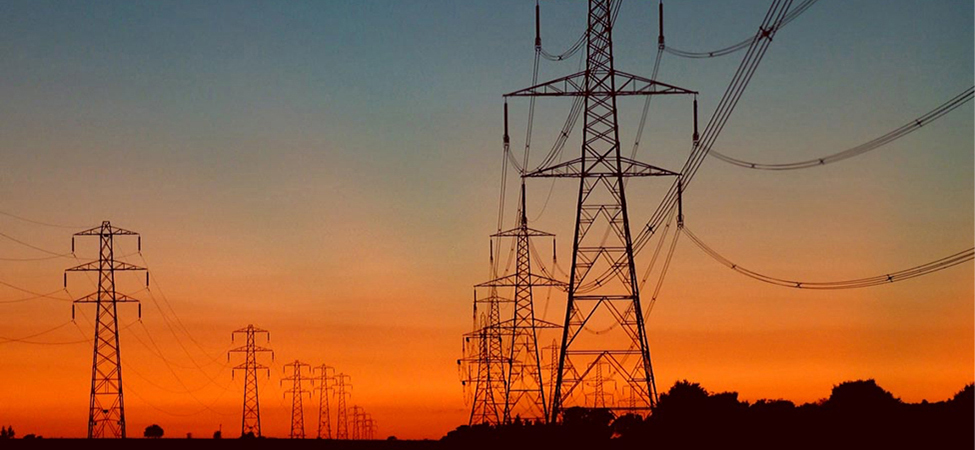| << Chapter < Page | Chapter >> Page > |

Electric power is delivered to our homes by alternating current (ac) through high-voltage transmission lines. As explained in Transformers , transformers can then change the amplitude of the alternating potential difference to a more useful form. This lets us transmit power at very high voltages, minimizing resistive heating losses in the lines, and then furnish that power to homes at lower, safer voltages. Because constant potential differences are unaffected by transformers, this capability is more difficult to achieve with direct-current transmission.
In this chapter, we use Kirchhoff’s laws to analyze four simple circuits in which ac flows. We have discussed the use of the resistor, capacitor, and inductor in circuits with batteries. These components are also part of ac circuits. However, because ac is required, the constant source of emf supplied by a battery is replaced by an ac voltage source, which produces an oscillating emf.

Notification Switch
Would you like to follow the 'University physics volume 2' conversation and receive update notifications?